Home improvement comes with a lot of expenses. This is why many of us choose to do as much as we can ourselves.
Painting is one of those things we often opt for, and rightly so as it’s surely easier than installing your kitchen or laying the tile in the bathroom.
Check out our top tips to make sure your painting job is a success:
1. Calculate the paint you need

When you are busy painting, the last thing you want to do is to make trips to the store (while covered in paint splashes) for a refill.
So make sure you estimate in advance how much paint you are going to need and buy it all at once.
You can find information on how much surface the paint can cover in the product description. Don’t forget to add the ceiling into your calculation, and also consider the number of coats you are going to paint.
2. Choose the right paint
You might be occupied with choosing the right colour, but don’t forget to think about the type of paint you are going to buy.
For areas with high traffic such as hallway, you will probably want to opt for washable semi-gloss or satin paint as they are more durable and easier to get stains off.
Also pay attention if you have textured walls. Get advice from the sales person on what kind of paint and roller to buy in this case, so you can get complete coverage.
3. Buy the right materials
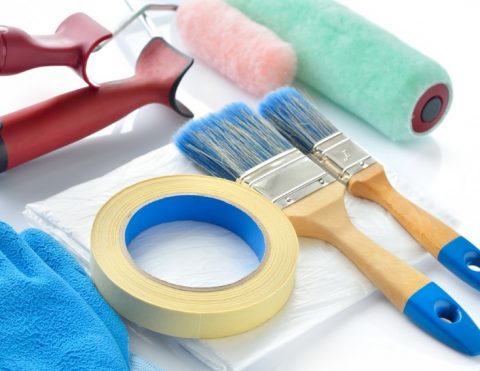
Don’t try to save on brushes and rollers. Good brushes and rollers will give nice and even coverage and eventually save you paint and time by not having to go back and reapply.
You might also want to pick up an extension pole for your roller so you can reach more area with less effort.
Make sure you pick up some painter’s tape and protective cover for your floor and furniture.
4. Wait for the right weather

It might not be the kind of weather you want to be stuck indoor painting, but dry weather is better as the paint will dry faster.
5. Empty the room
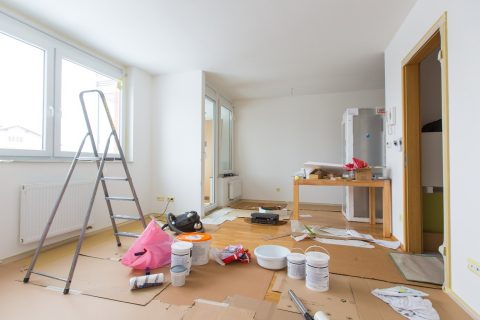
Remove as much furniture as possible. It will save you a lot of time not having to move them around the room and keep them safe from splashes and damage.
If you are going to paint a large part of your house, consider putting your furniture in storage.
Shurgard offers self-storage units where you can store your belongings during your renovation. You can rent for as short as 1 week and have free access to your unit every day!
6. Protect your things
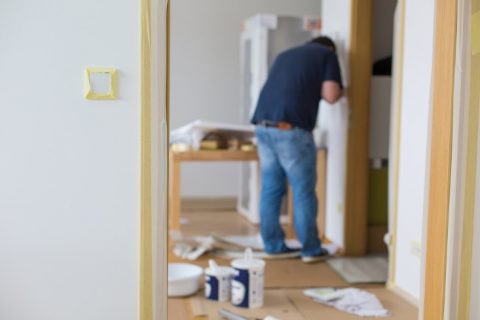
If you are not able to empty the room, make sure you cover up everything you don’t want painted (with painter’s tape), such as the window and door frame.
Remove your light switch and electrical outlet or cover them with tape. Cover up door knobs (with little plastic bags and rubber bands), furniture and floor with protective cover …
7. Prep, prep and prep
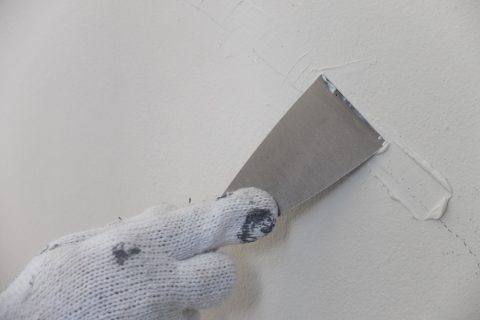
Do not underestimate the prep work! Professional painters spend a lot of time on this.
Get rid of those spider webs. Make sure your walls are clean, remove peeled paint, fill the cracks and holes with patching compound, and sand your walls where it’s not even before you start.
8. Use the roller and brush correctly
You only need to dip the brush one third of the way in to the paint. This will give you enough paint without it dripping, plus the brush will be easier to clean.
And there’s no need to press the roller too much into the painted surface, just let it roll effortlessly. Use the roller extension pole for the higher area of the walls and the ceiling.
9. Follow the right order
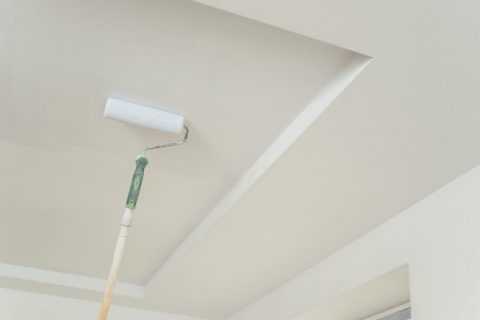
Don’t paint aimlessly!
Start with a brush to cover areas that require precision, such as the edges between walls, ceiling or door frames, as well as the areas surrounding the light switches and electrical outlets.
Then move ahead to paint the ceiling. Once done you can start painting the wall from top down. This is to make sure that splashes and drips from the top will get smoothened out when you work your way down to the bottom of the wall.
10. Clean up
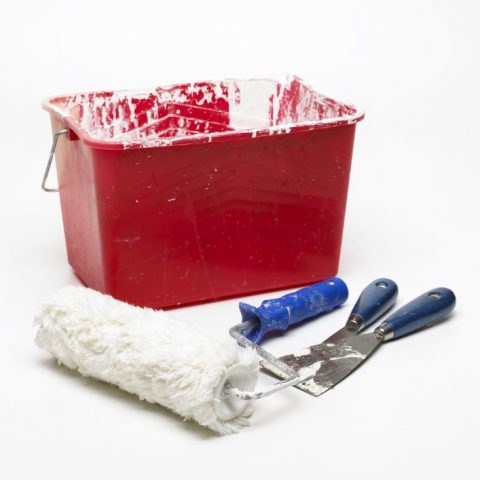
You are probably very tired by the time you have finished and while it is very tempting to stop just there and then, don’t forget that it’s best to clean up everything right away.
It will avoid you spreading paint where you don’t want and it’s also easier to clean when the paint isn’t completely dry yet.
Make sure to wash your brush and roller thoroughly (water and dish washing liquid will do), let them dry and wrap them up before storing to keep them in their good shape.
Have you got anymore painting tips? Let us know in the comments below!
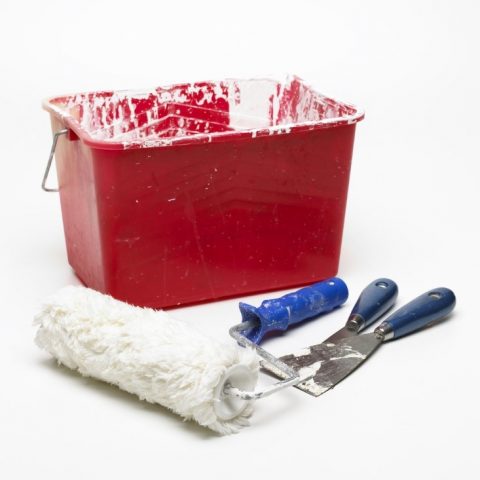


Leave a Reply